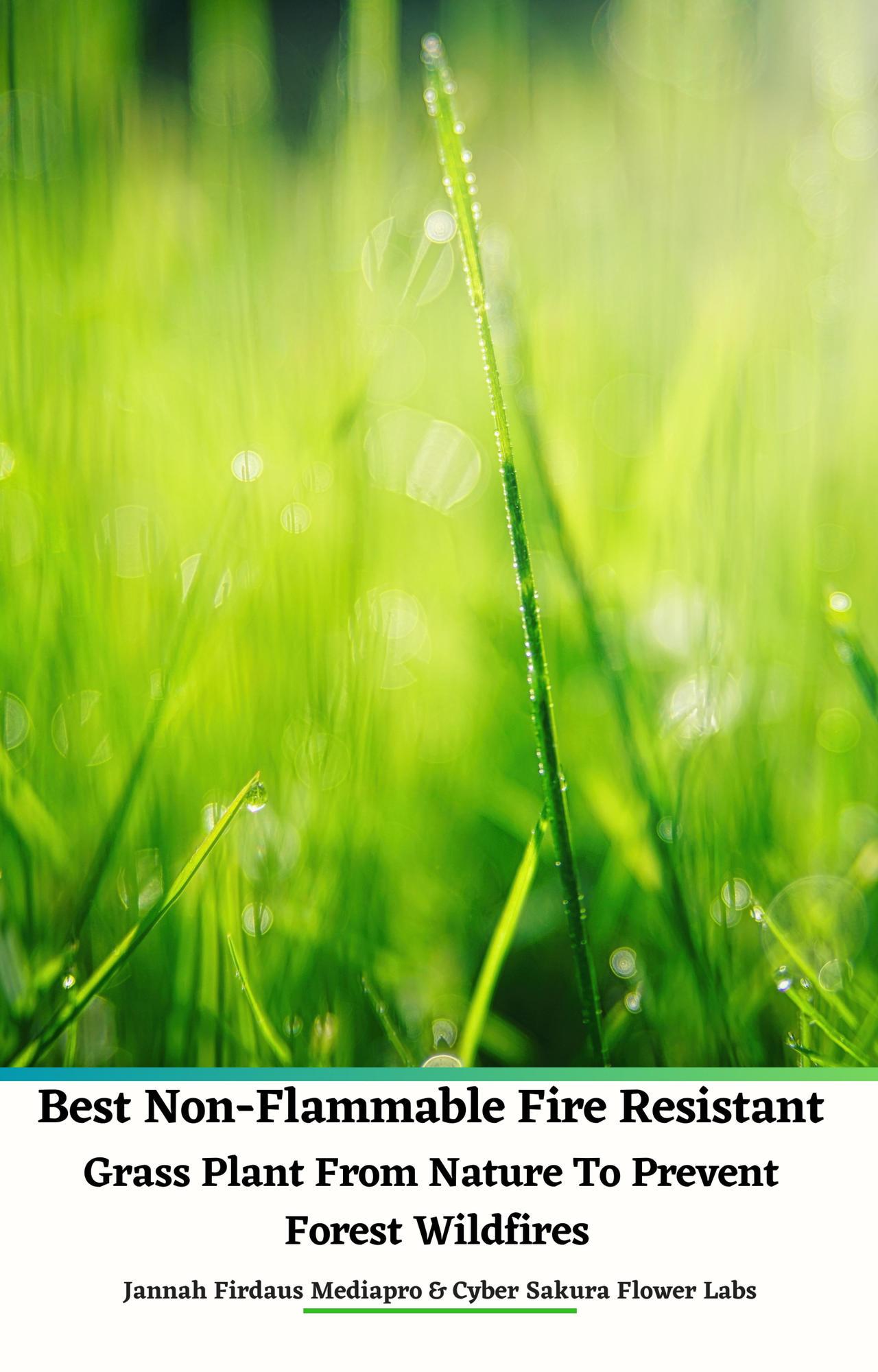
Fire-resistant grass plants are botanical species that possess inherent qualities and adaptive features which enable them to withstand the threat of wildfires and reduce their susceptibility to ignition. While these plants are not impervious to fire, they exhibit characteristics that significantly mitigate the risk of fire propagation, making them vital components of fire-adapted ecosystems and landscapes.
One of the defining attributes of fire-resistant grass plants is their relatively low flammability. These plants typically have a higher moisture content in their leaves and stems, making them less prone to rapid ignition. Additionally, their growth patterns often include a clumping or bunching habit, which can slow the spread of fire as gaps between individual plants reduce the continuous fuel available to the flames.
Moisture retention is a key factor contributing to the fire resistance of these grass plants. Their ability to hold moisture, even during dry periods, creates a barrier that inhibits fire from taking hold. In contrast, dry and highly flammable plants can readily ignite and accelerate the progress of a wildfire. Furthermore, many fire-resistant grass species possess adaptations that facilitate post-fire recovery.
They can resprout from underground structures such as rhizomes, bulbs, or corms after a fire has passed. This capacity for regeneration enables these grasses to recolonize burned areas swiftly, aiding in the restoration of ecosystems and reducing soil erosion. The significance of fire-resistant grass plants extends beyond their individual properties. Incorporating these plants into landscaping and vegetation management strategies can enhance fire safety and create more resilient communities. By creating defensible spaces around structures, where fire-resistant plants are strategically positioned, the potential for wildfires to encroach on buildings is reduced.
Genre: TECHNOLOGY & ENGINEERING / Fire ScienceMuhlenbergia capillaris, commonly known as Muhly Grass, is generally considered to have moderate fire resistance. While it may not possess the same level of fire resistance as some other grass species, it does exhibit certain characteristics that contribute to its ability to withstand and recover from fires. Muhly Grass has fine-textured leaves that can limit the amount of available fuel for fires.
This can reduce the intensity and spread of fires through the grass stand. Muhly Grass grows in clumps or tufts, creating discontinuities in vegetation that can slow the spread of fires. These clumps can act as natural firebreaks. Although not as deep-rooted as some other grass species, Muhly Grass does have a relatively decent root system that can help stabilize the soil and aid in post-fire recovery.